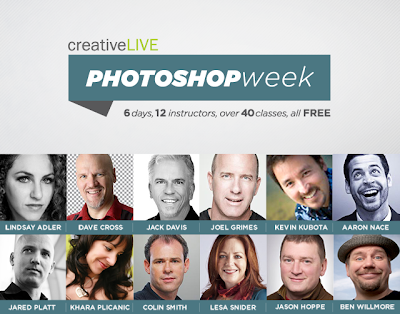2. Establish a brand. I don’t mean a logo, logos are not what can make your business stand out. As photographers we all are offering the same service. What makes us truly different isn’t our equipment, location, or abilities – it’s our personality. Your brand should be your personality and focusing on marketing yourself as well…just you, will help your business become a success. When you are photographing someone’s most prized possessions (children, family, wedding days) they want to know that they can really truly trust the person doing it. Letting them get to know the real you and all your quirks is a great way to brand your business and keep people remembering you.

3. Provide ways for people to connect with you. This can be social networking, blogging, or a website. Simply having a presence on the internet of some kind will make you more marketable. The more presence you have on the web (i.e. the more blogging, face booking, and tweeting) you do the more likely you are to reach potential clients.
4. Boost your search engine rank. Your search engine rank is how high up you show in a google search for a term in your area. If you are in Seattle and you are a wedding photographer it’s likely people will be searching for their photographer by googling “Seattle Wedding Photographer.” Imagine if your website was right up there listed near the top? People would click and inquire more than if your website is listed on page 50 of the search results. Being near the top takes time and effort, but doesn’t cost you a penny if you’re willing to work on your search engine optimization. Doing this has been an incredibly invaluable tool for my business and its one of the secrets to marketing for free.
5. Use Facebook to your benefit. Friend your clients so you can tag them in their images on your business page. It’s easy and it’s a great way to let your clients get to know you and want to recommend you to their friends and family. Every time you tag them in a photo, that photo gets blasted out to their entire friends list which will usually consist of people in the same age range doing similar things (getting married, having babies) and it’s likely many of their friends are local. This is a method of incredibly targeted marketing and it’s free!



